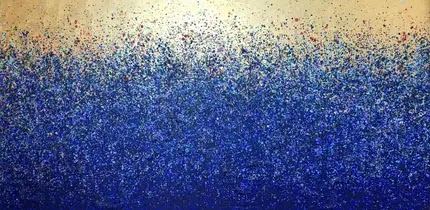I never really noticed this church before, but on the way home after lunch the other day I had some time to spare, so I thought I would have a look. This is another of the some 130 catholic churches in Paris, the Saint Thomas d’Acquin Church. (When I came home I found out that Saint Thomas Aquinas was a 13th century Sicilian Dominican Doctor of Theology, working in Rome, Paris… His fame as a scholar made him the Patron Saint of Universities and Students.)
The church is a bit hidden and I believe not much visited by “tourists”, but I was struck by the beauty of its interior… however, first some history.
Originally, in 1632, a Dominican chapel was built here. The present church dates from 1683 under the name of Saint Dominique, connected to a Jacobin (Dominican) monastery. The origin of the name “Jacobins” for these Dominicans was that their original and major convent was established at rue Saint Jacques (James, Jacob…).
Just after the 1789 Revolution, the church was renamed Saint Thomas d’Acquin, but the church and the monastery were soon emptied in line with the Revolutionary ideas.
The “Jacobins” was also the (nick-)name of one of the leading movements during the Revolutionary years (Robespeierre…) and they were so called due to the fact that they used the (empty) premises of the Dominican Jacobins for their meetings, mostly at rue Saint Jacques, but also here.
The concordat between Napoleon and Pope Pius VII in 1801, allowed the church to be reopened for religious services, but the monastery buildings have since been occupied by the Army. Napoleon and Josephine came here as Godparents for a baptism in 1802.
Pope Pius VII held a mass in this church December 26, 1804. The Pope had come to Paris for the coronation of Napoleon as emperor some three weeks earlier (December 2). (You should read the story of Pius VII, it’s fascinating.) On the famous painting by David (at the Louvre, copy at Versailles), we can see Pius VII.
What the Pope could not admire then was a large part of the beautiful wall and ceiling (especially the “Transfiguration”) decorations, mostly added during the 19th century, nor the stained glass windows, from 1902.
The organ (1777) is by F-H Clicquot, member of the family which made most of the famous French organs (nothing to do with “Veuve Clicquot”).




































































